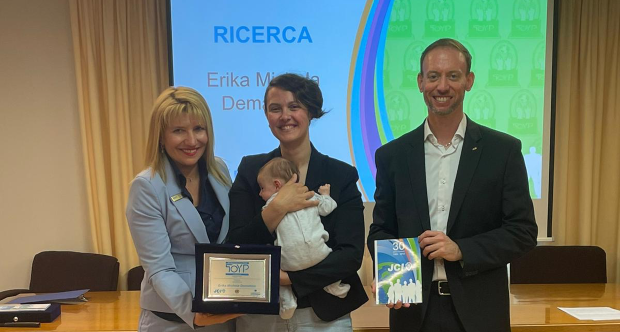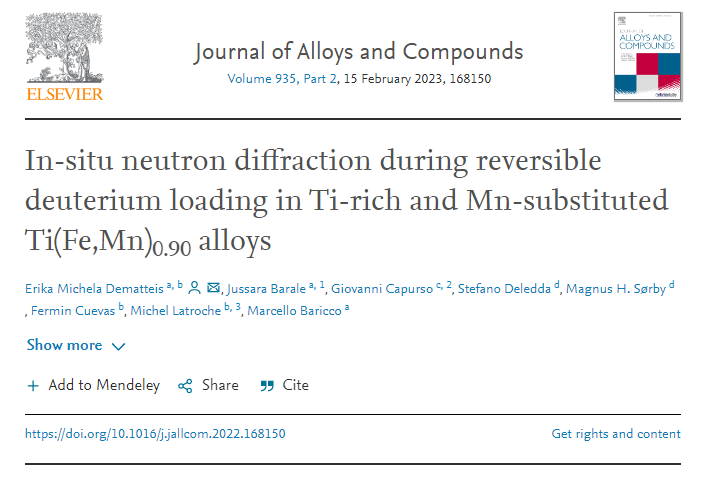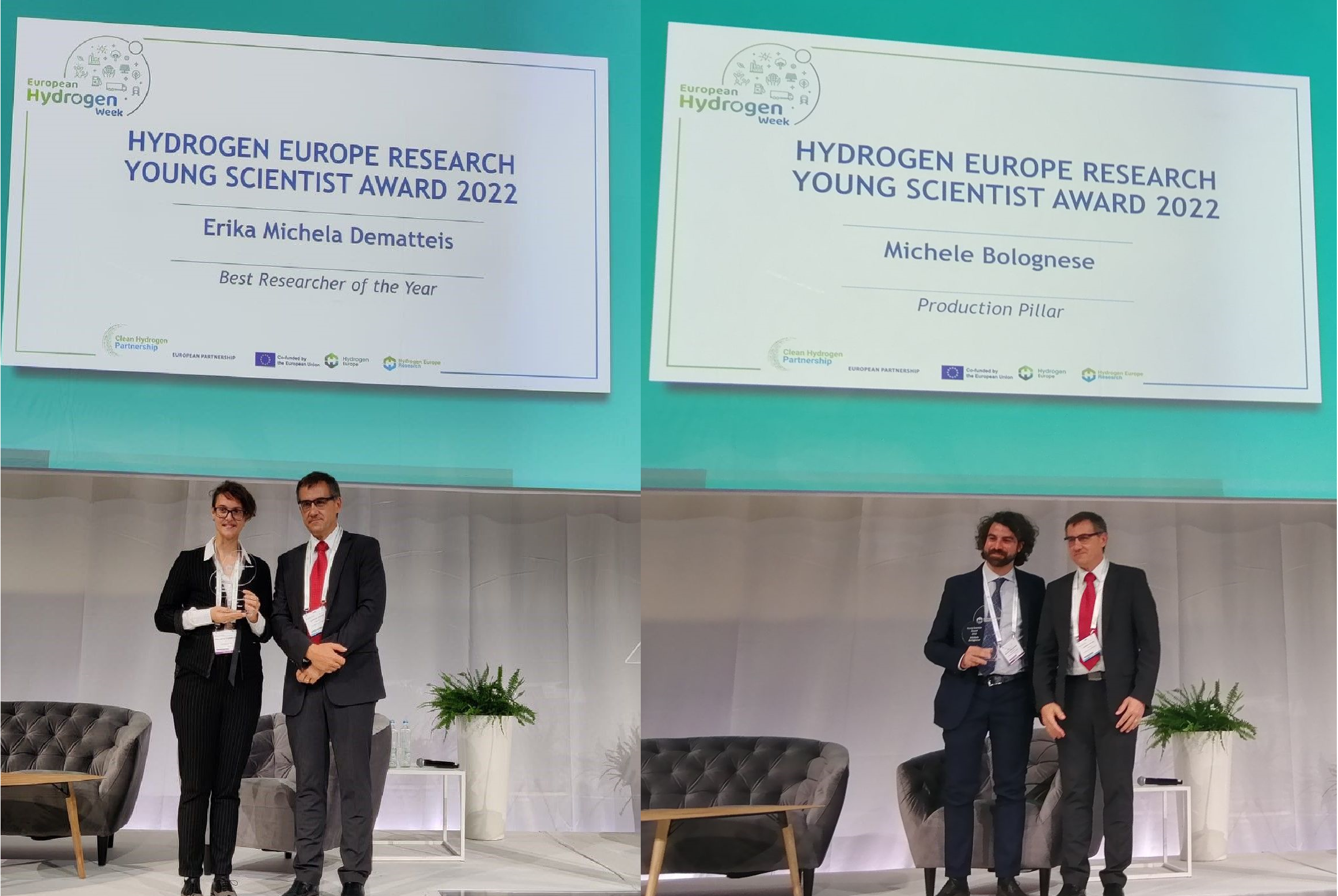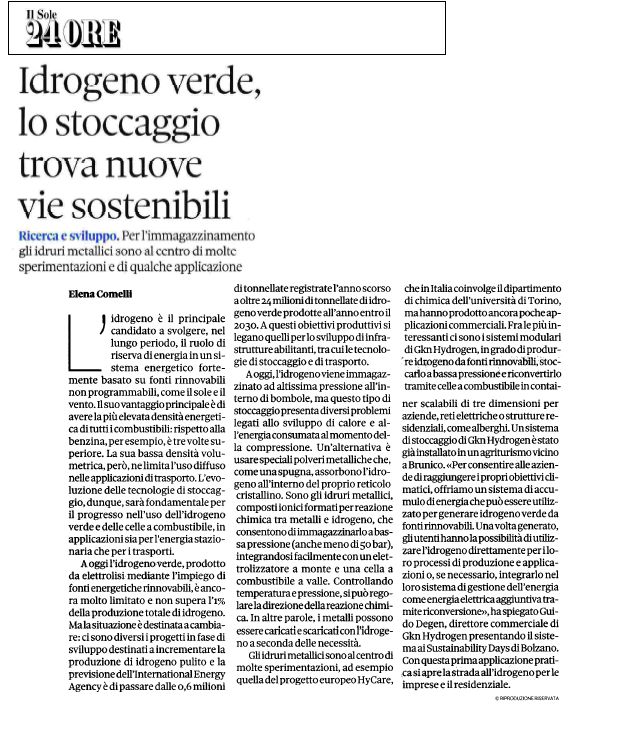The TOYP award by JCI (Junior Chamber International) is a program that aims to promote and recognize worldwide young people between the ages of 18 and 40 who have contributed with their activities to the economic, cultural and individual progress of our times, so that they can serve as an example for their peers. Conceived in 1931 by Dorward Howes, president of the United States Chamber of Commerce, it was officially adopted by the Junior Chamber International in the 1980s. Since then, the best young people from all over the world have been awarded every year.
The 31st national edition of the Toyp Award (The Outstanding young person) was held on Saturday 6 May, hosted by Confcommercio Busto Arsizio and Medio Olona, in collaboration with the Varese provincial section of JCI and the Young Entrepreneurs Group of Confcommercio, as well as the historic synergy with the Lions Club Busto Arsizio Host and the patronage of the Municipality of Busto Arsizio.
Erika Michela Dematteis, researcher at the Chemistry Department of UniTo, won the TOYP Italia 2023 Prize in Research.
In 2019 Erika Michela Dematteis had a 1-year post-doctoral fellowship in Paris where she was involved in the HyCARE project, supported by Horizon 2020 of the European Union. During the project, Erika optimized and selected a suitable material for the development of an integrated production and storage plant of renewable hydrogen on a large scale. For the studies carried out on the uses of hydrogen in the energy sector, for the dedication and passion dedicated to its research, thus translating into action the JCI guideline according to which “the brotherhood of men transcends the sovereignty of nations”.
Congratulations Erika!
More information at the following links:
UNITO News: http://www.unitonews.it/index.php/it/news_detail/la-ricercatrice-erika-michela-dematteis-vince-il-premio-toyp-italia-2023-nella-ricerca
Varese News: https://www.varesenews.it/2023/05/premiati-a-busto-i-piu-promettenti-talenti-under-40/1607705/
Rete 55: https://www.rete55.it/notizie/sociale/busto-a-4-nuovi-giovani-talenti-il-premio-toyp-2023/







